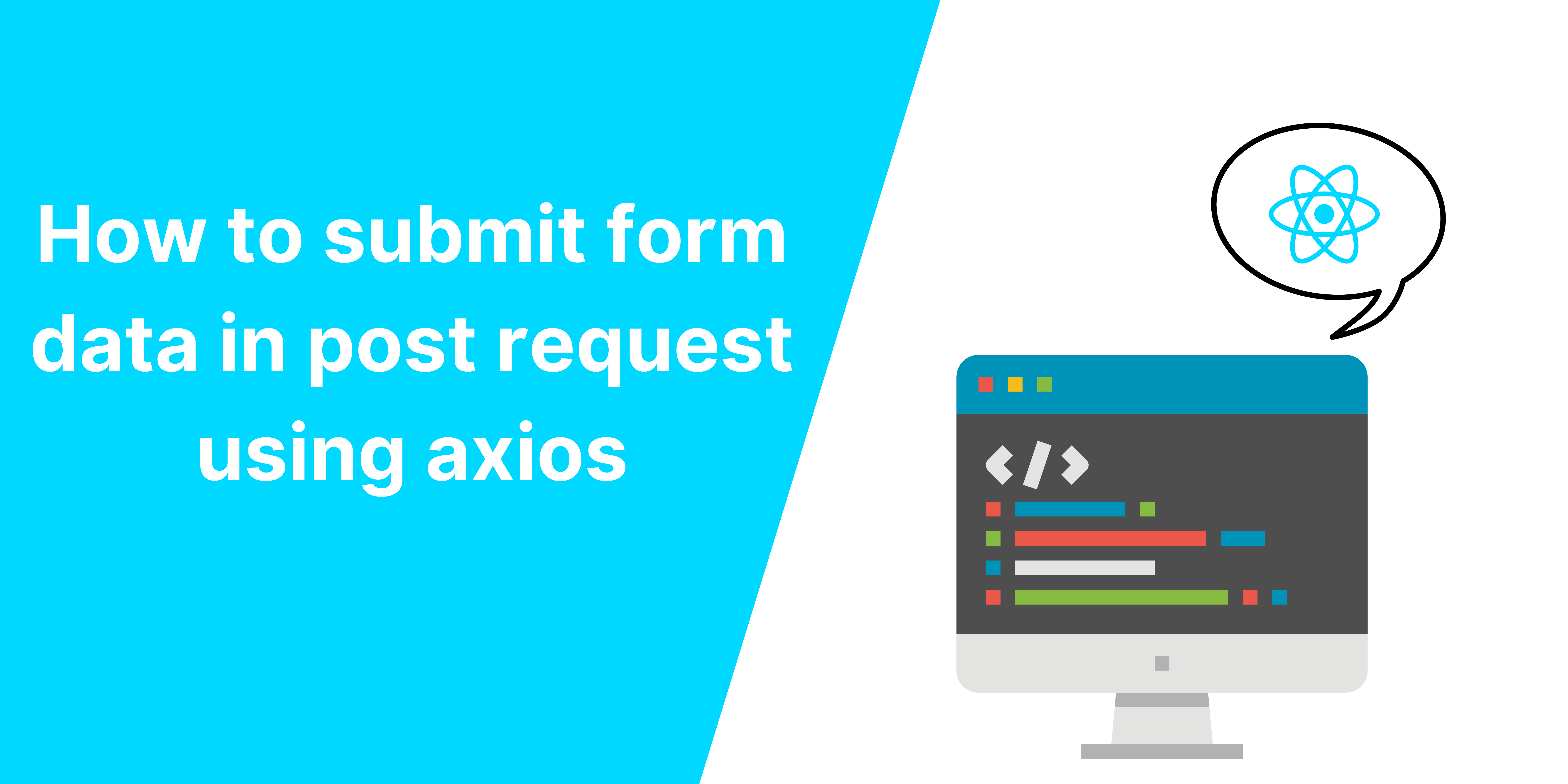In this instructional, you’re going to find out how you’ll be able to ship submitted kind records in a put-up request in React the use of axios.
Believe we now have an <LoginForm /> element with two enter fields and a post button.
similarly, you might also like What are React Stripes in React?
import React from 'react';
import axios from 'axios';
const LoginForm = () => {
const [formValue, setformValue] = React.useState({
e-mail: '',
password: ''
});
const handleSubmit = (match) => {
// we can fill this within the coming paragraph
}
const handleChange = (match) => {
setformValue({
...formValue,
[event.target.name]: match.goal.cost
});
}
go back (
<kind onSubmit={handleSubmit}>
<p>Login Shape</p>
<enter
kind="e-mail"
identify="e-mail"
placeholder="input an e-mail"
cost={formValue.e-mail}
onChange={handleChange}
/>
<enter
kind="password"
identify="password"
placeholder="input a password"
cost={formValue.password}
onChange={handleChange}
/>
<button
kind="post"
>
Login
</button>
</kind>
)
};
export default LoginForm;
To create a form-data we can use FormData Internet API, which retail outlets fields and its values as key-value pairs.
Subsequent, make a HTTP POST request in axios with loginFormData handed as a records belongings cost within the axios request object.
const handleSubmit = async() => {
// retailer the states within the kind records
const loginFormData = new FormData();
loginFormData.append("username", formValue.e-mail)
loginFormData.append("password", formValue.password)
take a look at {
// make axios put up request
const reaction = anticipate axios({
approach: "put up",
url: "/api/login",
records: loginFormData,
headers: { "Content material-Sort": "multipart/form-data" },
});
} catch(error) {
console.log(error)
}
}



